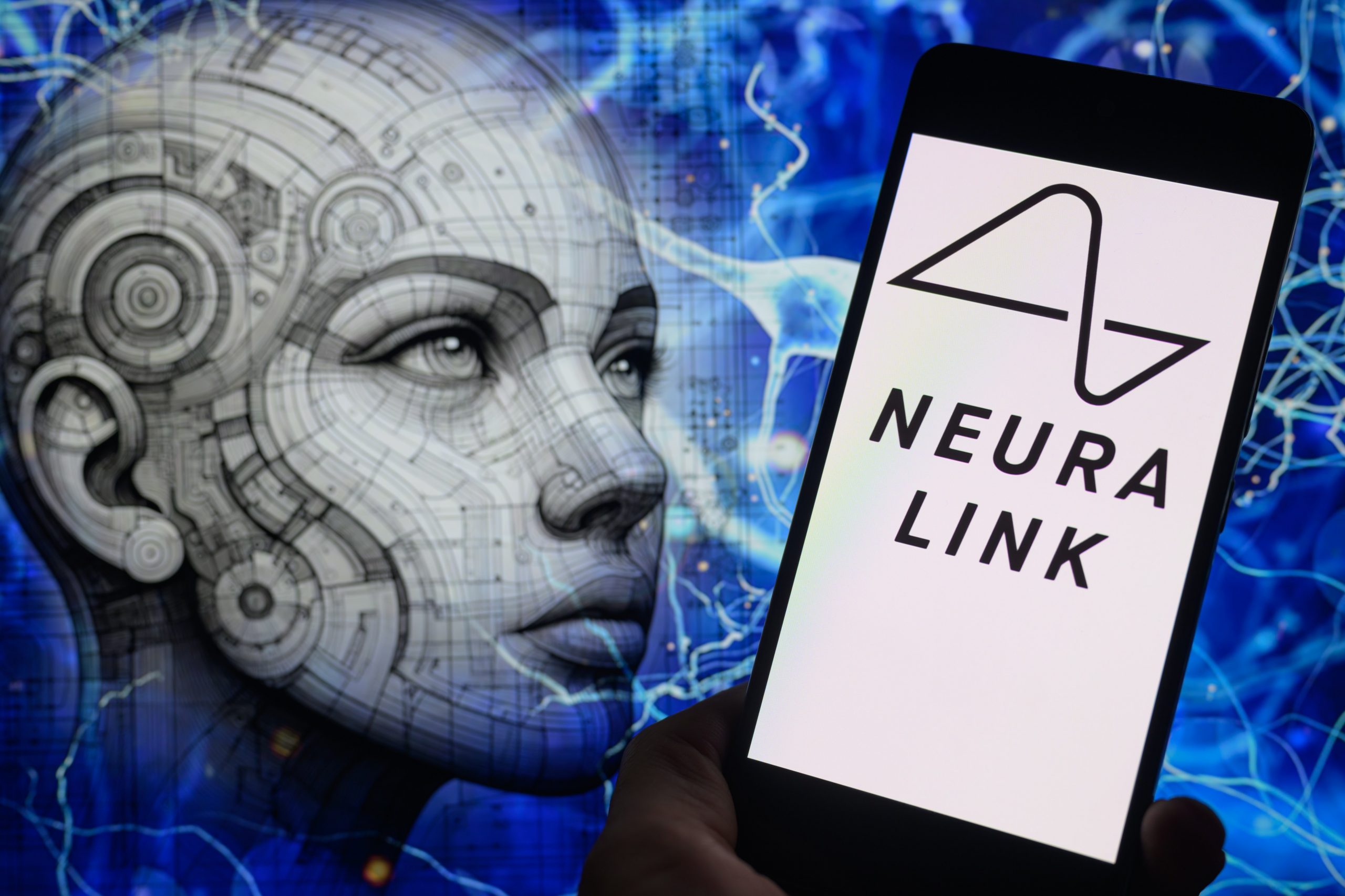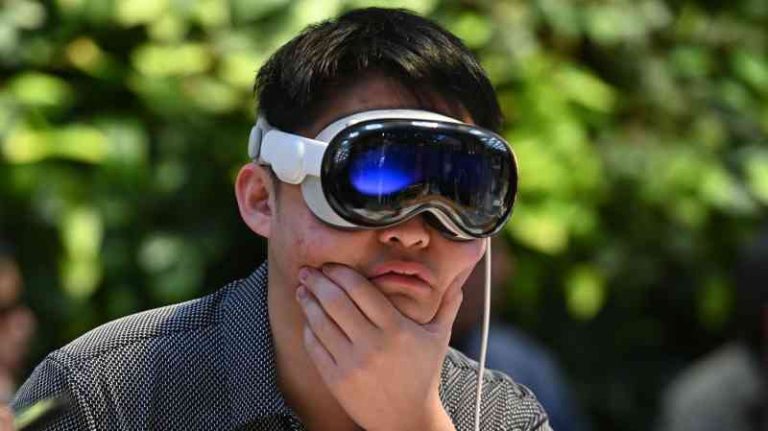Neuralink brain chip patient ‘can control mouse by thinking’, Elon Musk says
Elon Musk has revealed that the first person to be fitted with a brain implant by Neuralink, the company he founded in 2016 to fuse our minds with machines, is doing well.
“Progress is good. The patient seems to have made a full recovery, with no ill effects that we are aware of,” Musk said during a broadcast on X, the social media platform formerly known as Twitter, which he also owns.
He added that the first volunteer, who has not been named, was now “able to move a mouse around the screen by just thinking” after the device was embedded into their grey matter last month.
Being able to move a mouse via a brain implant is not, by itself, a groundbreaking step. In the early 2000s, American scientists showed that monkeys implanted with neural interfaces could control robotic limbs with their thoughts.
Since then, humans fitted with similar systems have played video games, manoeuvred robots, sent emails and made purchases on Amazon, all without lifting a finger, using computers that were deciphering the electrical activity of their brain.
In another pioneering experiment, researchers at the University of California San Francisco fitted an implant that gave a paralysed man a voice for the first time in more than 15 years.
Musk has suggested that, eventually, he would like to go much further. He has described his ultimate aim as the creation of a mass-market “general population device” that would directly connect users’ minds with powerful computers to achieve “symbiosis with artificial intelligence”.

For now, though, Neuralink appears to be focused on people who have lost the ability to move their arms and legs. “Initial users will be those who have lost the use of their limbs,” Musk wrote on X last month. “Imagine if Stephen Hawking could communicate faster than a speed typist or auctioneer. That is the goal.”
Experts regard Neuralink as a serious player in a field that is advancing quickly. While other sophisticated brain implants have involved patients having wires trailing from their heads, Musk’s is designed to pick up a large amount of information and beam it out wirelessly.
“The wireless technology is a big step,” said Andrew Jackson, professor of neural interfaces at Newcastle University, who is not involved with Neuralink.
“This is a technology that could be able to send high volumes of data recordings from many, possibly hundreds, possibly thousands of brain cells to control external devices and that would be a genuine technological advance.”
Details are scarce, but the first trial participant seems to have been recruited for what the company has called the PRIME study.
The Neuralink website says that it will involve testing a brain-computer interface (BCI) — a coin-sized device that sits in a hole drilled in the skull and which would be invisible to others. It will also test a surgical robot, specially built to thread a set of very fine, flexible electrodes into the brain itself while minimising damage to the surrounding tissue.
“The device is designed to interpret a person’s neural activity, so they can operate a computer or smartphone by simply intending to move — no wires or physical movement are required,” the Neuralink website explains.
It tells potential volunteers: “If you have limited or no ability to use both hands due to cervical spinal cord injury or amyotrophic lateral sclerosis (ALS) you may qualify.”
It says that the implant will monitor activity in the motor cortex, a part of the brain that runs across the top of the head and directs movement. It is a region that is relatively accessible and AI systems have already been able to interpret its activity to help people who have been paralysed to stand and take steps again, albeit with the help of walkers.
“If you invent a new telescope or something like that, it makes sense to first point that telescope at something that you already know what it looks like,” Jackson said. “So you can kind of validate that your telescope is working in the same way as previous ones.”
The company’s N1 implant has 64 flexible threads that can be placed into the brain. These contain a total of 1,024 electrodes. By contrast, the most widely tested implant at the moment, known as the Utah array, has only 100 stiff needle-like electrodes, each about a millimetre long. Neuralink is betting that its device will provide a far more detailed picture of what neurons are firing and when, and that this will make the technology more useful.
Experts have said that it will take time to know how well it works. One question will involve whether scar tissue builds up around the electrodes, blurring the signals they provide.
However, they also said that merely embarking on a first human trial is significant. Anne Vanhoestenberghe, professor of active implantable medical devices at King’s College London, said: “Whilst there are many companies working on exciting products, there are only a few other companies who have implanted their devices in humans, so Neuralink has joined a rather small group.”
She added: “We know Elon Musk is very adept at generating publicity for his company [but] true success in my mind should be evaluated in the long-term, by how stable the interface is over time, and how much it benefits the participant.”
How does the Neuralink N1 implant work?
Neuralink’s N1 device is about 2cm wide and 8mm deep. It sits in a hole drilled in the skull and 64 very fine threads, each a few centimetres long, dangle from it. It contains a small battery that can be charged wirelessly
A robot arm built by Neuralink is used to place the threads into the brain; in the first trial they seem to have been inserted into the motor cortex region that runs along the top of the head. Each thread contains 16 electrodes, which monitor the activity of clusters of neurons.
This data is beamed wireless to a computer. We already know, from previous research, that when a person thinks about, say, moving their arm, an AI can decipher the bursts of electrical activity in the motor cortex to predict their intention. It can then move a cursor on a screen accordingly.






